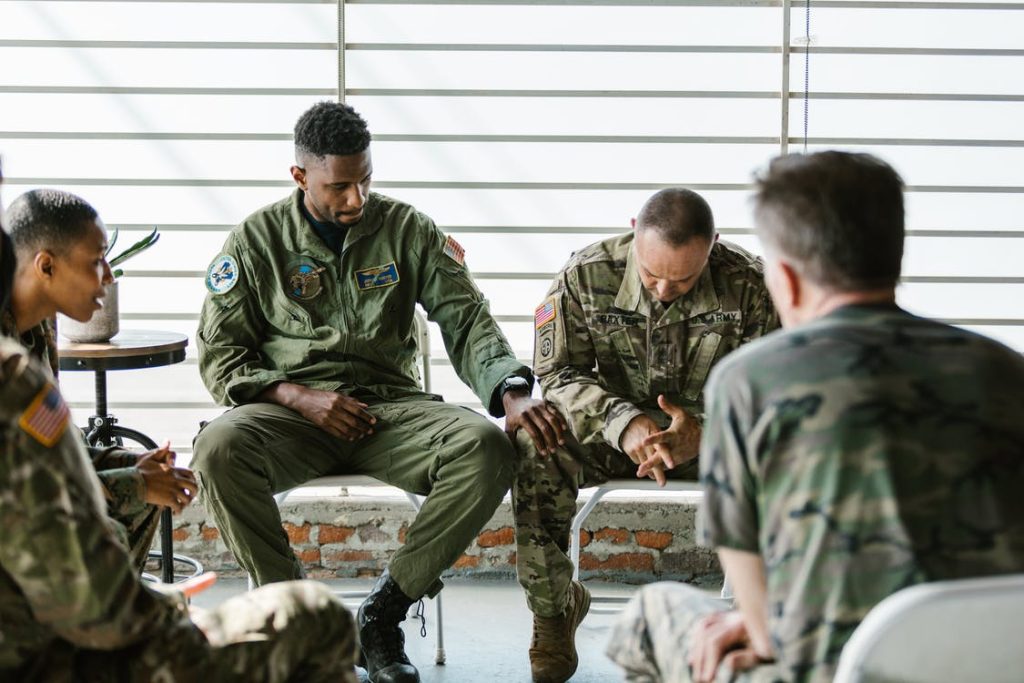
3 Common PTSD Treatments for Veterans
From therapy to medication, here’s what can be done to treat veterans with PTSD.
PTSD or post-traumatic stress disorder is an anxiety disorder that can happen to anyone after a shocking or profoundly traumatic event. Some people are often diagnosed with the disorder after they experience a loved one’s sudden death.
Those who go to war often stare directly into death’s eyes. Needless to say, they are more likely than anyone else to be diagnosed with PTSD at some point in their lives.
This is why a significant percentage of war veterans have PTSD and experience symptoms like insomnia, hallucinations and flashbacks, and uncontrollable behavior issues.
For those with PTSD, life can be very challenging, and it’s also hard for the ones around them.
But luckily, there are treatment options around.
PTSD Treatments Commonly Used
Mental health experts and other medical professionals have developed several treatments for PTSD patients. However, it’s important to note that there is no one definitive cure, and everyone is likely to respond differently to these treatments.
Therapy
Therapy is one of the most effective treatment options available for PTSD patients. It can help patients work on their symptoms, help with coping mechanisms and help to build back some self-esteem.
Typically, cognitive behavioral therapy is used. However, CBT is not the only option. Experts usually work with different therapy styles to see what works for an individual.
Some people benefit from cognitive processing therapy instead of CBT. It basically involves veterans talking about their trauma and processing it properly so that it becomes easier to accept it.
Some veterans are also treated using prolonged exposure therapy. The therapist teaches the patients breathing techniques during this therapy to deal with the anxiety that comes from recounting the event.
Other therapies include stress inoculation training and group or family therapy.
Eye Movement Desensitizing and Reprocessing
Known as EMDR, this treatment option is also very effective in helping veterans deal with the trauma of war-related events.
During EDMR, the therapist tells patients to focus on their experiences while listening or watching an act of theirs. This could be something as simple as waving a hand or making a slight sound.
This treatment takes a while, but it teaches you to think of something normal or positive while also remembering details of your trauma.
Medication
A lot of PTSD patients are treated using medication. Because the fact is that people with PTSD may hear a lot about how it’s all in their head. But that fact is that there really is something going on in their heads.
People with PTSD typically experience a severe imbalance of neurotransmitters, which means their flight or fight response is triggered very easily. This is what may make them hypervigilant. And if they try to suppress these feelings, they may end up feeling very dead emotionally.
So, the medications tend to help fix this imbalance for PTSD patients.
If you or someone you know is experiencing PTSD, it might help to take a leaf or two out of an actual war veteran’s book who’s had a similar struggle with PTSD.
We’re, of course, talking about the inspirational Luis Trivino and his book “A Notebook of Love.”
Check it out!
